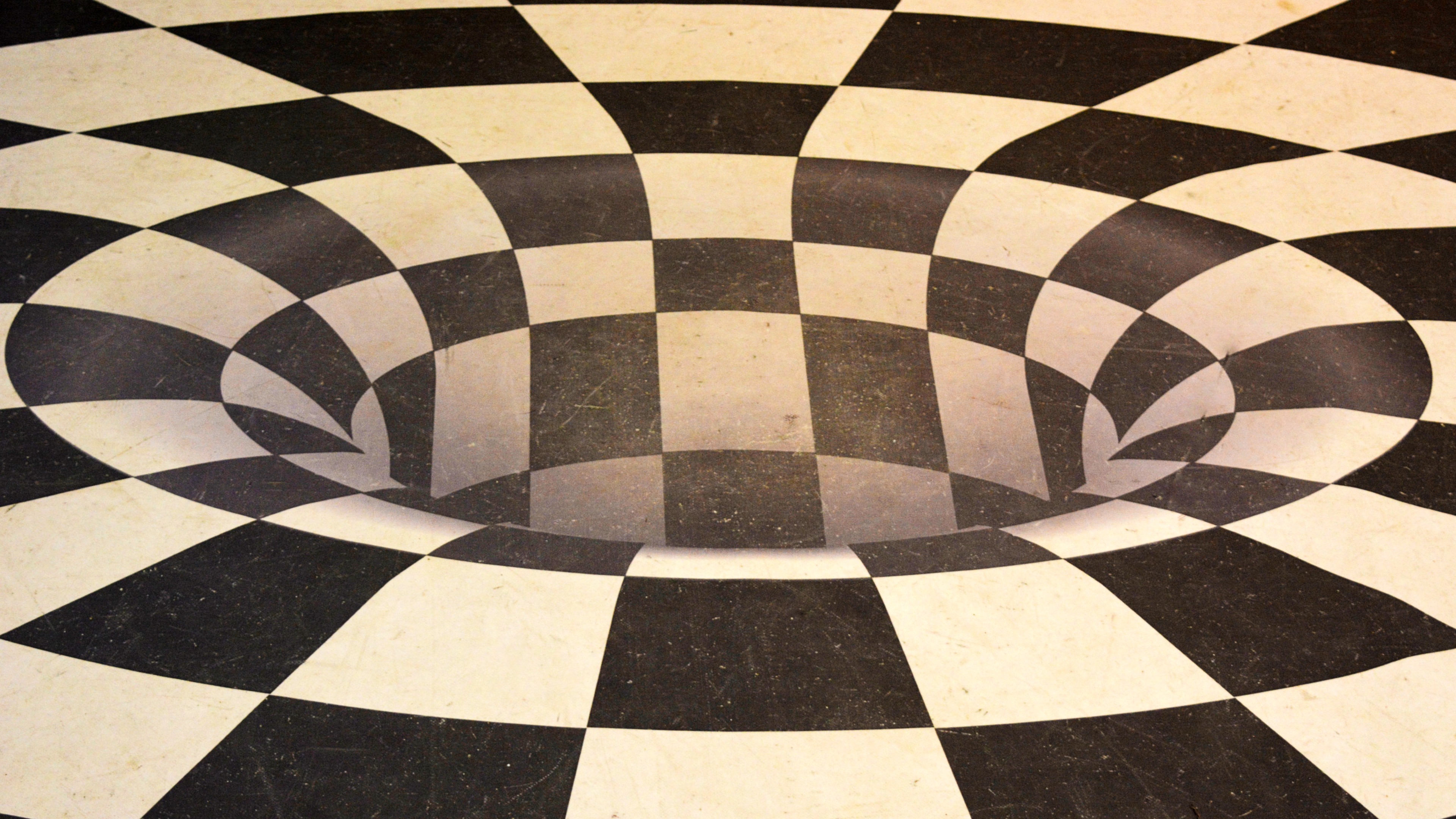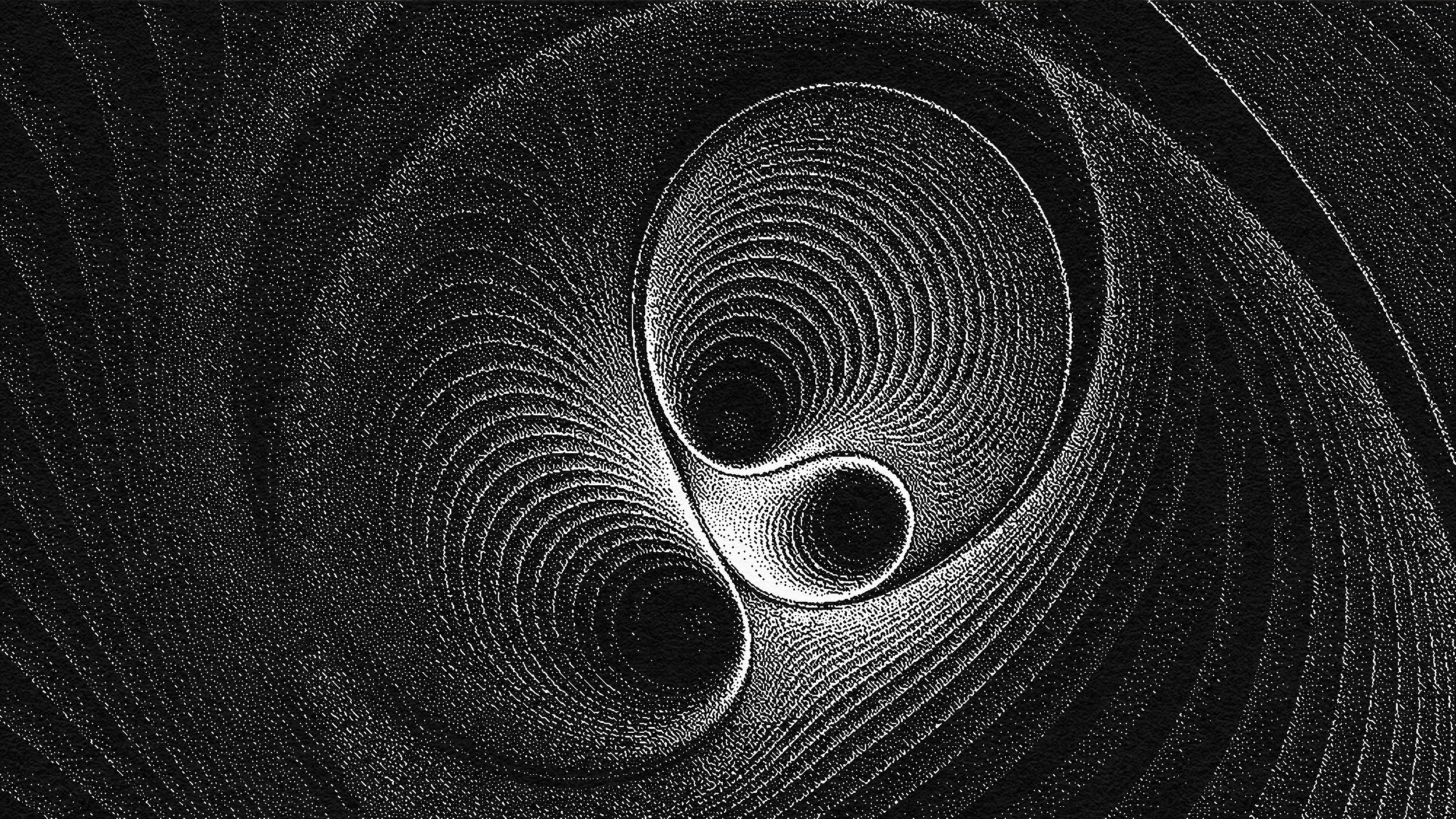Theoretical Physicist Lee Smolin argues that the fundamental laws of physics are subject to evolutionary pressures akin to natural selection.
Lee Smolin: Physics is about discovering what the laws of nature are. And we’ve gone some distance towards that. We’re not done but we’ve gone some good distance towards that at the present time. But once you know what the laws of nature are, another kind of question unfolds itself which is why are those the laws and not other laws.
For example, the laws that we understand – the standard model of particle physics describes all the fundamental particles and their interactions – has about 30 numbers which you just have to put in as the result of measuring them by experiment. The masses of the different particles, the quarks, the electrons, the neutrinos, the strengths of the fundamental force – various numbers like that. And the model works dramatically well as the recent experiments the Large Hadron Collider show. Why are those numbers what they are in our universe? Why is the mass of the electron what it is and not 12 times larger or half the size? There are dozens of questions like this.
So I developed cosmological natural selection to try to give an evolutionary account of this so that there would be a history back before the Big Bang in which these numbers could change and evolve through a series of events like the Big Bang. And there could be an explanation akin to natural selection. Just like you want to know why do people have two legs and not three legs or five legs or four legs or six legs. There’s an evolutionary reason for that. A certain kind of fitness has been improved over many, many generations and similarly there could be a notion of fitness of the laws of nature through approval of many generations. And cosmological natural selection was an example of the theory of that kind.
I realized that the only methodology we had in science, or the best methodology we had in science for explaining how choices have been made in the system to all lead to a lot of structure because one of the mysteries is why our universe is so structured as it is on so many scales from organic molecules and biomolecules up to vast arrays of clusters of galaxies. There’s enormous structure on such a wide range of scales. And that turns out to be tied to the values of these constants of the standard model of particle physics.
And so why is that? And I realized that the only methodology that was really successful for explaining how choices were made in nature such as to lead to an improbable amount of structure is natural selection. So for natural selection we need reproduction. And there was a hypothesis lying around that universes reproduce through Black Holes, that inside Black Holes rather than there being singularities where time ends, there were basically the births of new regions of space and time which could become new universes. And I took over that hypothesis and took over the hypothesis that maybe the laws of nature changed slightly which has been made by Johnny Wheeler in the 1960s, and just added a little bit which is that those changes should be very small so that there can be an accumulation of fitness.
Which leads to a prediction or an observation that after many, many generations the population of the universes should be fine-tuned to maximize the production of Black Holes. And that has further implications for things that we can actually try to measure and disprove experimentally. So that’s, very briefly, the idea of cosmological natural selection.
Directed / Produced by Jonathan Fowler and Elizabeth Rodd





